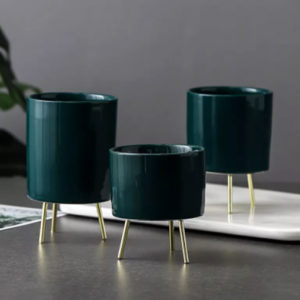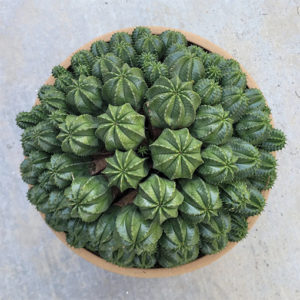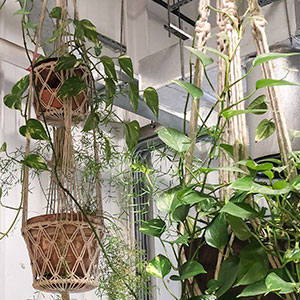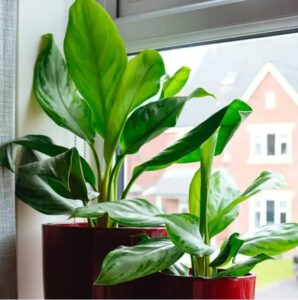
#Thejunglecollective!
When it comes to nurturing indoor plants, there’s a lot more to consider than just watering and sunlight. One crucial aspect that often goes overlooked is the presence of drainage holes in plant containers. These small openings at the bottom of pots play a significant role in maintaining the health and vitality of indoor plants. In this article, we’ll delve into the importance of drainage holes and why they are indispensable for ensuring the well-being of your beloved green companions.

1. Prevents Waterlogging
Drainage holes are fundamental in preventing waterlogging, a condition where excess water accumulates in the soil and suffocates the plant roots. Without adequate drainage, water can pool at the bottom of the pot, leading to root rot and fungal diseases. Drainage holes facilitate the removal of excess water, allowing air to reach the roots and preventing them from becoming waterlogged.
2. Oxygenates the Soil
Just as humans need oxygen to breathe, plant roots require oxygen for respiration. When excess water fills the soil and displaces air, it creates an anaerobic environment that stifles root function. Drainage holes enable water to drain away, promoting better aeration of the soil. This ensures that roots receive an ample oxygen supply, vital for their metabolic processes and overall health.

3. Regulates Soil Moisture
Proper drainage helps maintain optimal soil moisture levels for plant growth. It allows water to drain freely, preventing the soil from becoming waterlogged while ensuring that the roots receive adequate hydration. By regulating soil moisture, drainage holes help prevent conditions like overwatering or underwatering, both of which can stress or harm indoor plants.
4. Guards Against Salinity Buildup
Over time, soluble salts from fertilizers and tap water can accumulate in the soil, posing a risk of salt buildup. Excessive salt levels can damage plant roots and interfere with nutrient uptake, leading to stunted growth and yellowing leaves. Drainage holes facilitate the flushing out of excess salts as water drains from the pot, helping to maintain a healthy balance of nutrients in the soil.

5. Enhances Nutrient Uptake
Proper drainage not only removes excess water but also aids in the distribution of essential nutrients throughout the soil. As water percolates through the soil, it carries dissolved nutrients, making them more accessible to plant roots. Efficient drainage ensures that nutrients are evenly distributed, promoting robust growth and vibrant foliage in indoor plants.
In the realm of indoor gardening, the significance of drainage holes cannot be overstated. These humble apertures serve as the lifeline for plants, safeguarding them against the perils of waterlogging, poor aeration, and nutrient imbalance. Whether you’re a novice plant parent or a seasoned green thumb, ensuring adequate drainage in your plant containers is a fundamental practice for fostering healthy growth and thriving indoor ecosystems. So, the next time you repot your favorite houseplant, remember to choose containers equipped with drainage holes—it’s a small but crucial investment in the well-being of your leafy companions.











